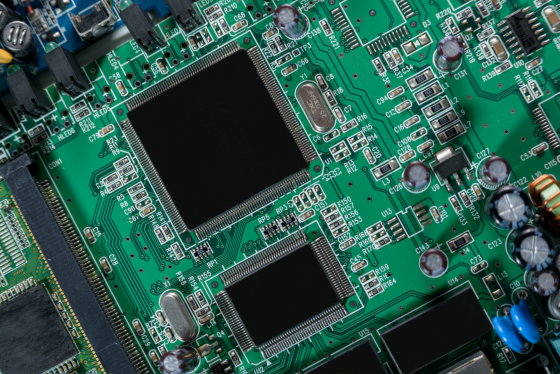``The defective rate of semiconductors imported by Russia from China has reached 40%,'' Russian media reports

Russia, which is subject to severe economic sanctions from Western countries, is importing more from China, with which it maintains friendly relations. However, Kommersant, a Russian economic newspaper, reports that ``the defect rate of semiconductors imported from China has reached 40%,'' and that the defect rate has risen by 1900% in just a few months.
Chinese distributors reportedly dump dud chips on Russia • The Register
Russian Newspaper Reports 40% Failure Rate for Chinese Microchips | Tom's Hardware
https://www.tomshardware.com/news/chinese-microchips-40-percent-failure-for-russia
Russia, which launched its invasion of Ukraine in February 2022, faces severe economic sanctions from the West. Immediately after the invasion began, Intel, AMD, and TSMC stopped selling semiconductors to Russia, and Samsung and others also stopped shipping products containing semiconductors.
As a result,it was reported that ``global semiconductor exports to Russia decreased by 90%'' in June 2022, and Russia is struggling to secure semiconductors that are indispensable for high-tech and military products. Under such circumstances, Russian companies seem to be increasing imports from China's gray market , which manufacturers do not intend.
However, according to Kommersant, the defect rate of semiconductors imported from China has increased sharply in recent months, and the defect rate, which was about 2% before the invasion of Ukraine, has recently increased to 40%. Overseas media The Register said, ``Since products made with many parts are likely to have quality problems, a 2% defect rate is not good.A 40% defect rate does not meet the purpose of supply. It means that it is in a state close to
Technology media Tom's Hardware also said, 'Given that many modern devices and military hardware require various semiconductor parts, it can be said that even a 2% defect rate is bad. 40% of semiconductors work. The fact that it is delivered in a state where it is not tested means that we cannot make anything without first spending a lot of time and effort to test all semiconductors.'

Kommersant reports that Russian electronics manufacturers are suffering from high defect rates, slow gray market distribution, and supply chain disruptions. Major companies have stopped trading with Russia due to economic sanctions from Western countries, so Russian companies have no choice but to do business with gray market vendors, and Russian companies lack the ability to scrutinize suppliers and products. .
Since the gray market is not the official distribution route intended by the manufacturer, expectations for quality are not high. In addition, The Register said that Chinese gray market vendors understand that Russian buyers cannot easily access replacements when they get defective products, so they may be looking at the feet of Russian companies and selling defective products. suggesting sexuality.
Chinese President Xi Jinping and Russian President Vladimir Putin issued a joint statement in February 2022 after meeting in Beijing, stating that 'friendship knows no bounds and there are no 'forbidden' areas of cooperation.' . However, the Chinese government has described the subsequent invasion of Ukraine as a
The Register says, ``The Russian government needs to send more electronics to the battlefield to continue its illegal aggression. If so, it is sabotaging the war effort.'

Related Posts:
in Hardware, Posted by log1h_ik







